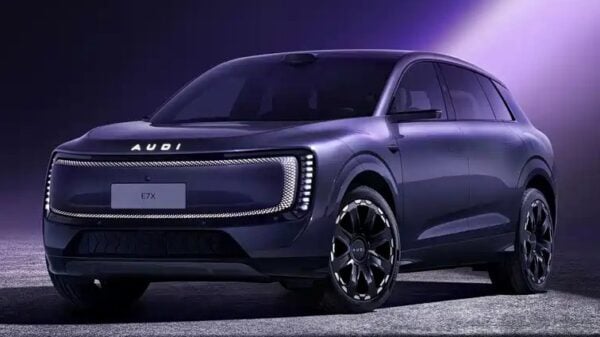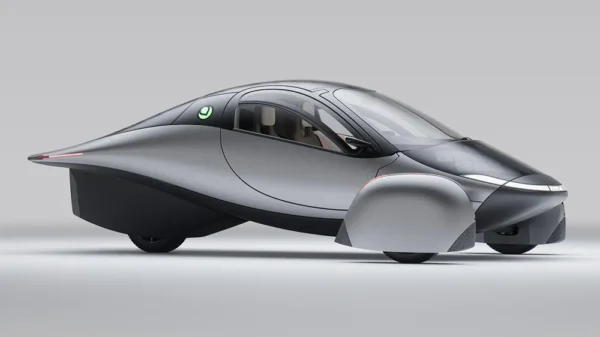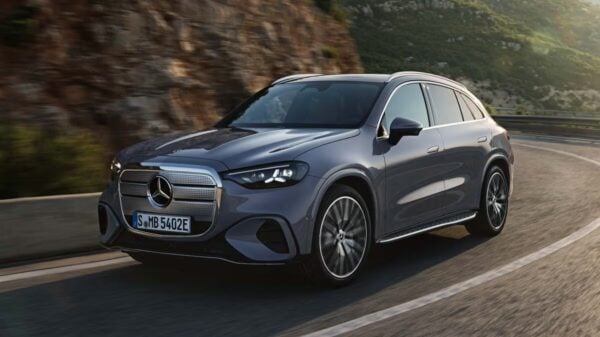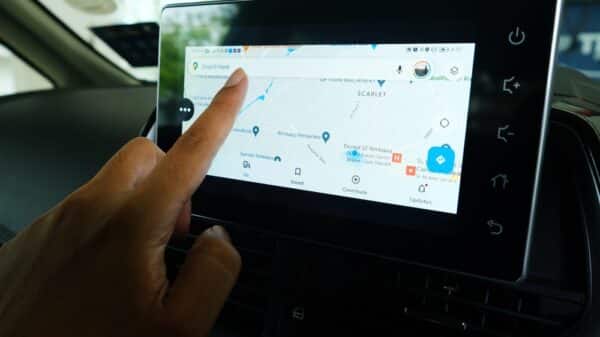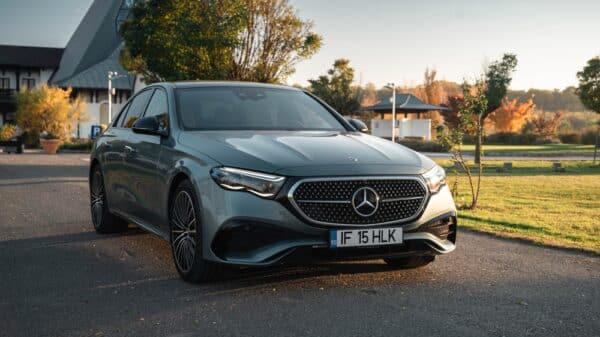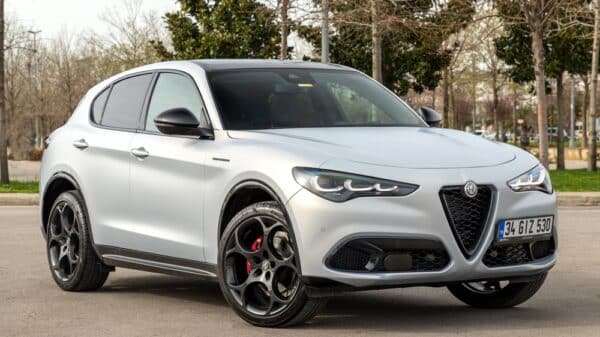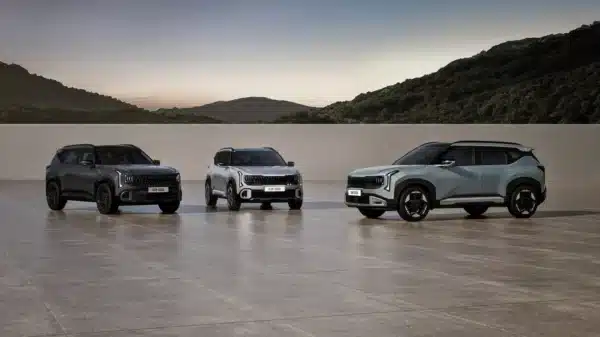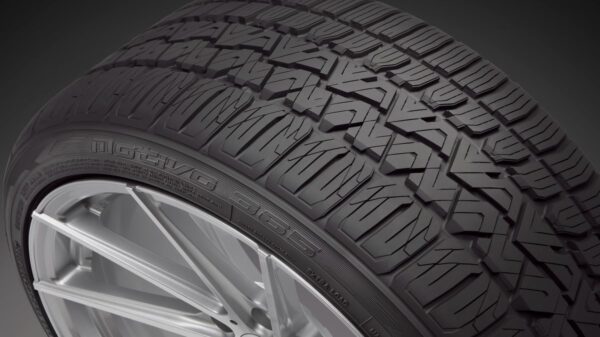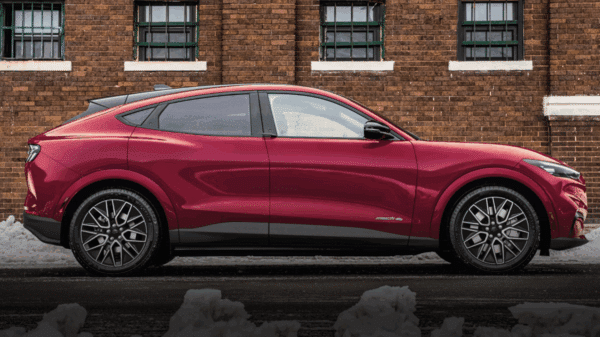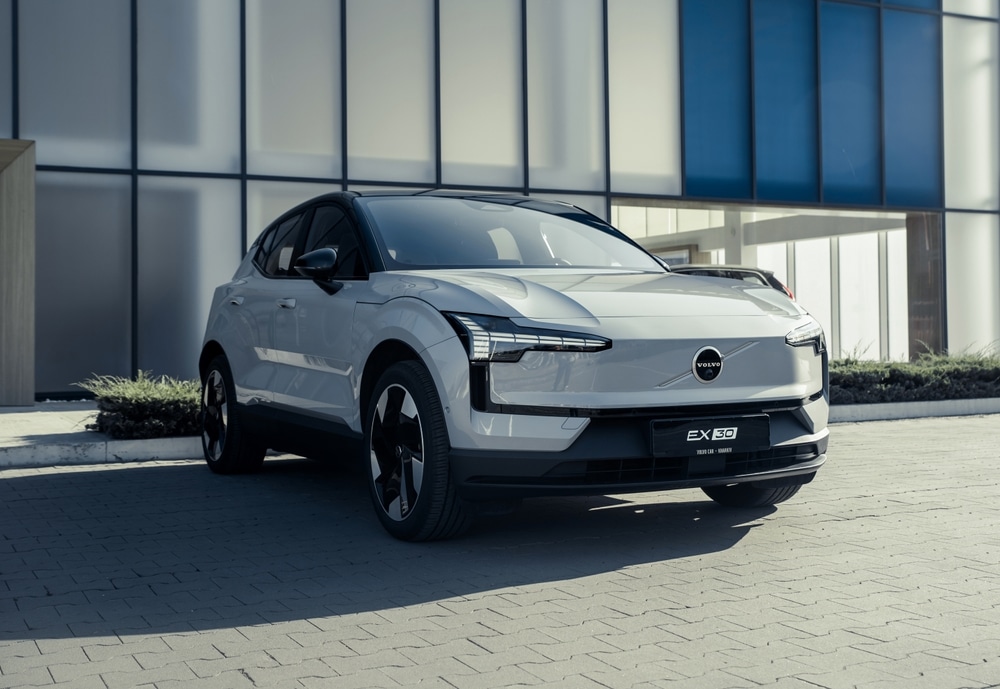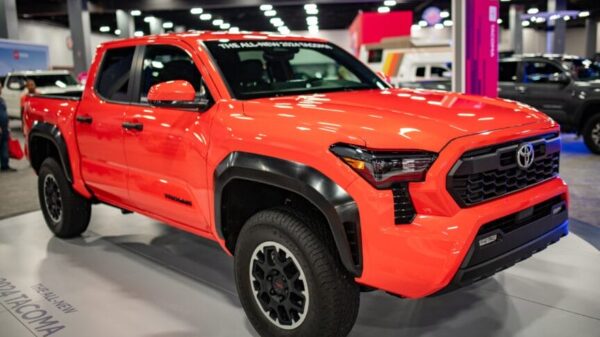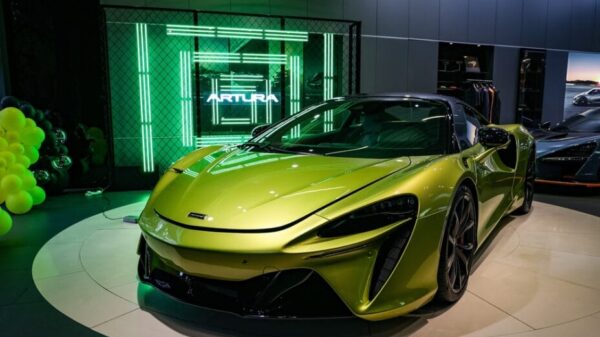On paper, the Volvo EX30 looks like a dream entry into the affordable EV market: sleek Scandinavian design, 422 horsepower, a $46K price tag, and fast charging in under 30 minutes. But once you actually get behind the wheel, things start to unravel—not because of how it drives, but because of how it’s designed to interact with the driver.
The EX30 strips out almost every physical control in favor of a minimalist touchscreen interface. There’s no instrument cluster, no head-up display, and barely any buttons. Instead, you’ll be swiping through deep menus on a central 12.3-inch display just to adjust basic climate settings. Ironically, the vehicle’s own driver monitoring system may scold you for taking your eyes off the road to use the very screen it forces you to rely on.
Want to change the fan speed? Or the temperature? Be prepared to bend forward, poke at a screen, and potentially trigger an alert warning you to stay focused—something that could’ve been avoided with a simple knob or toggle.
Voice control via Google Assistant does help, and it’s relatively responsive. But needing to use voice commands for something as fundamental as fan speed feels like overkill. Even the steering wheel controls—flat, nondescript plastic with subtle bumps—lack the tactile feedback you’d expect from a premium brand like Volvo.
Things get even more convoluted with the EX30’s approach to basic vehicle access. There’s no traditional key fob—just a slim card you tap on the door and insert into a narrow slot under the touchscreen. Drop your wallet or keychain near that slot and you might trigger a warning about “interference.” Try unlocking the car in the rain, and you may find yourself wrestling with a soggy key card while standing in a puddle.
Despite these annoyances, the EX30 isn’t without its bright spots. The ride is comfortable. The cabin is exceptionally quiet. There are clever storage solutions, including modular cupholders and a magnetized shelf. Its range—253 miles on the standard battery—is decent, and the 153kW fast charging capability is among the best in its class.
Performance-wise, it’s a blast. Acceleration is swift and the power is more than ample for daily driving. But all of that is undercut by the daily friction of just trying to interact with the car.
And here’s the kicker: this isn’t just a Volvo problem. The industry trend toward touchscreen-centric interiors is accelerating. But unlike Mercedes or BMW, which still offer physical controls for core features, Volvo went all-in on minimalism—at the cost of usability.
If the EX30 had kept just a few physical controls and offered better screen placement or even an optional digital cluster, it could have been one of the best EVs of the year. Instead, it feels like a car designed for a concept showroom, not for the realities of commuting, errands, or weekend trips.
Volvo may be aiming for a futuristic, tech-forward identity—but for many drivers, the EX30 proves that simpler is still smarter.
Image Source: Veyron Photo / Shutterstock






